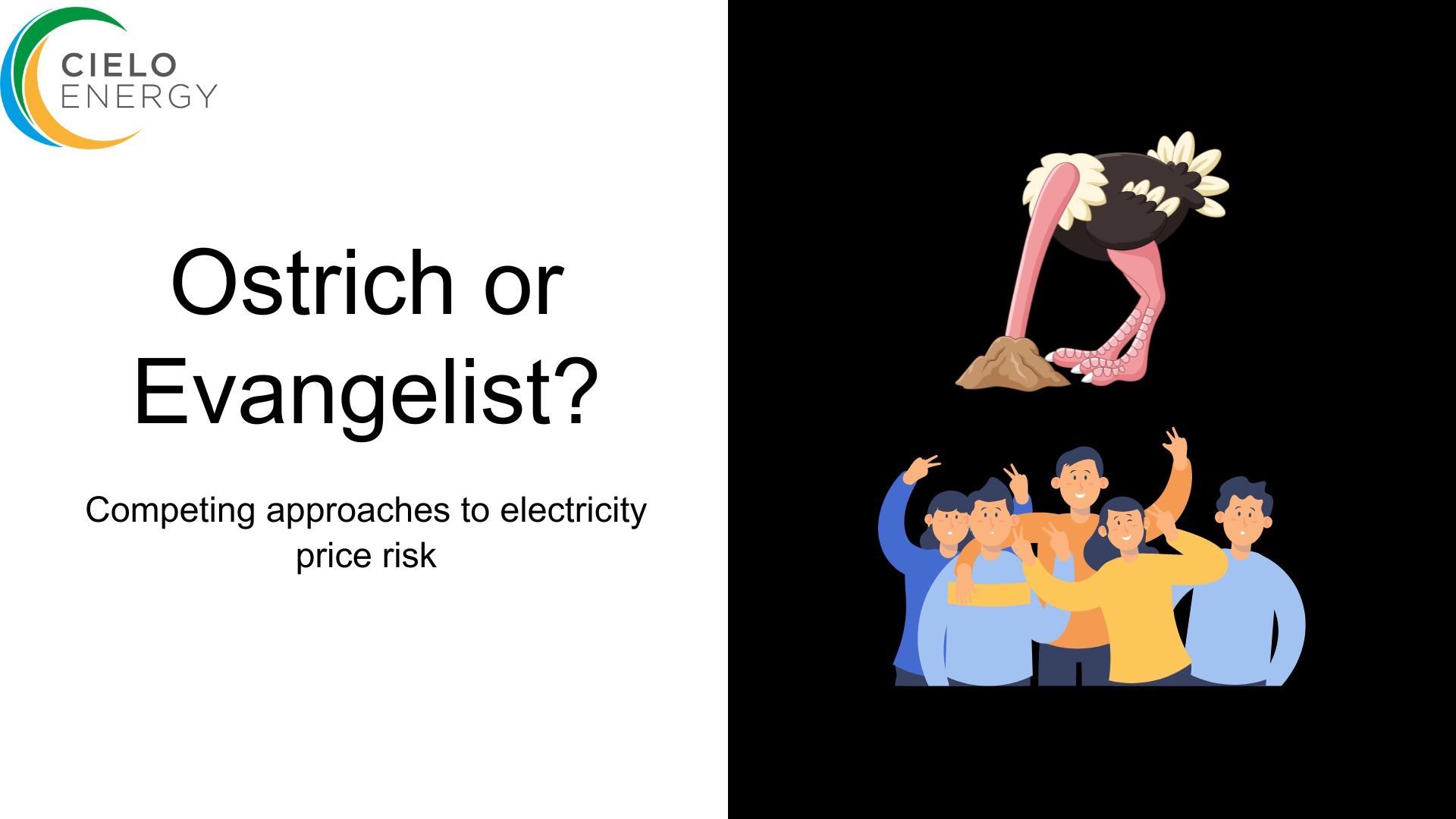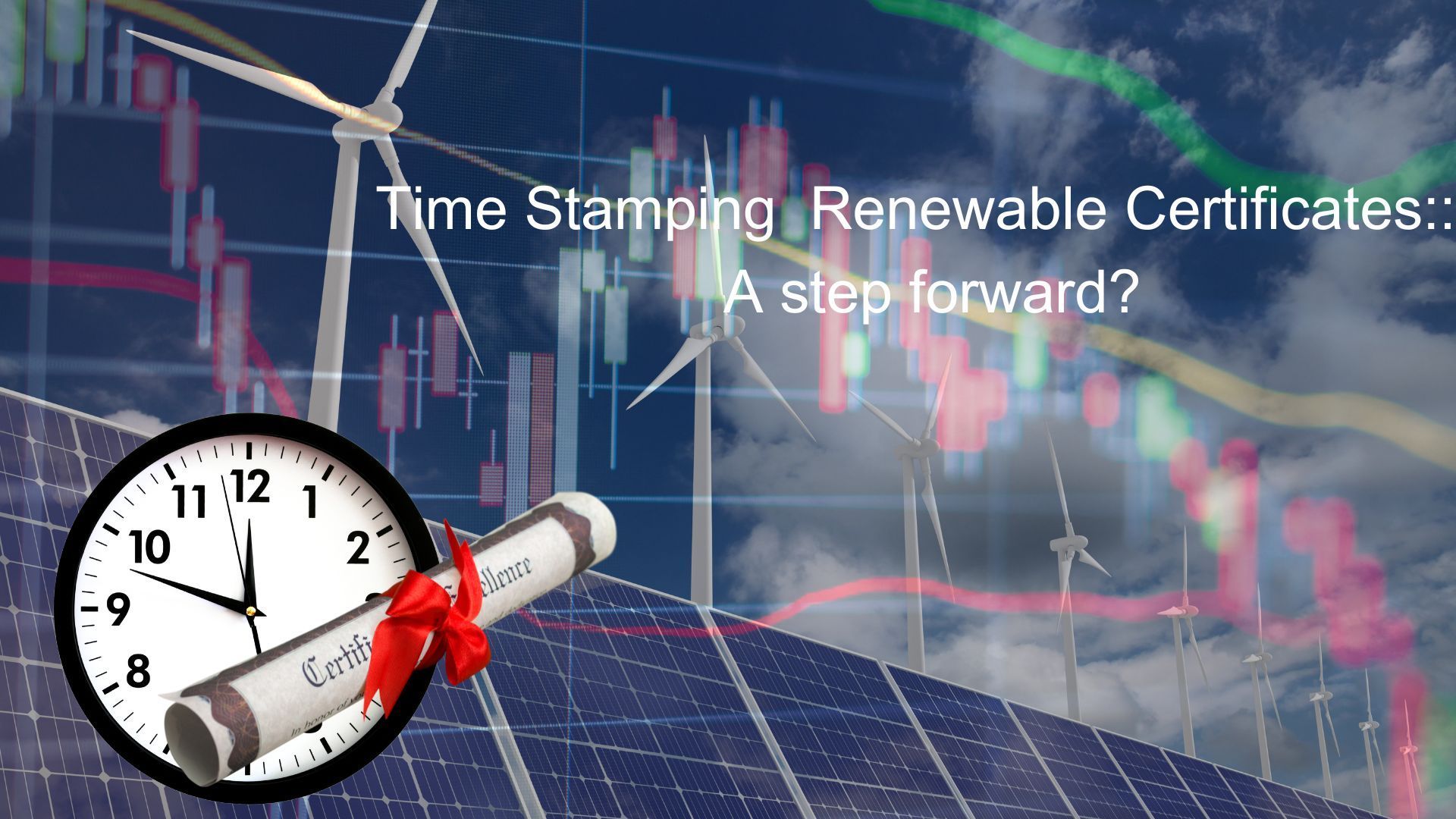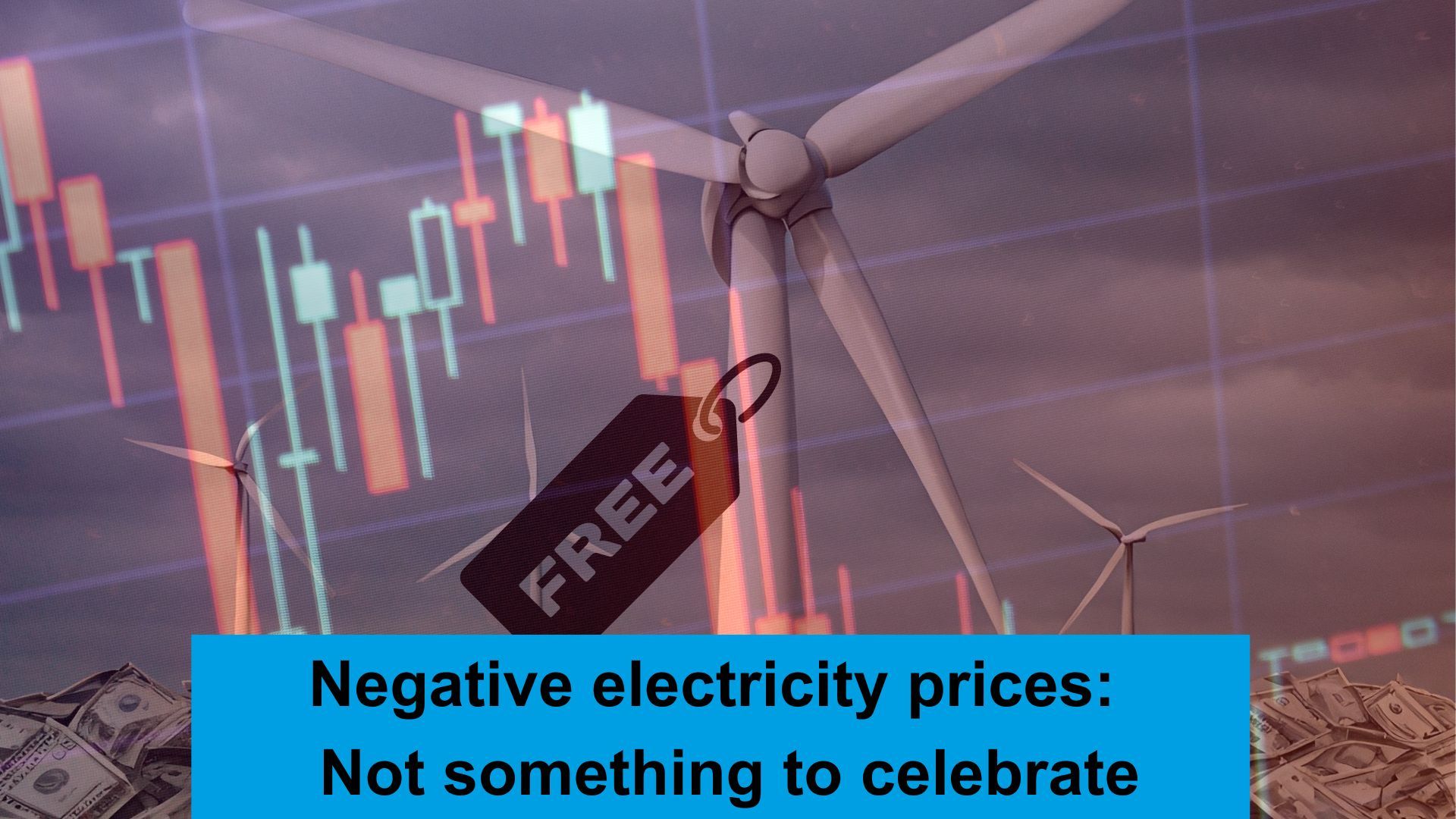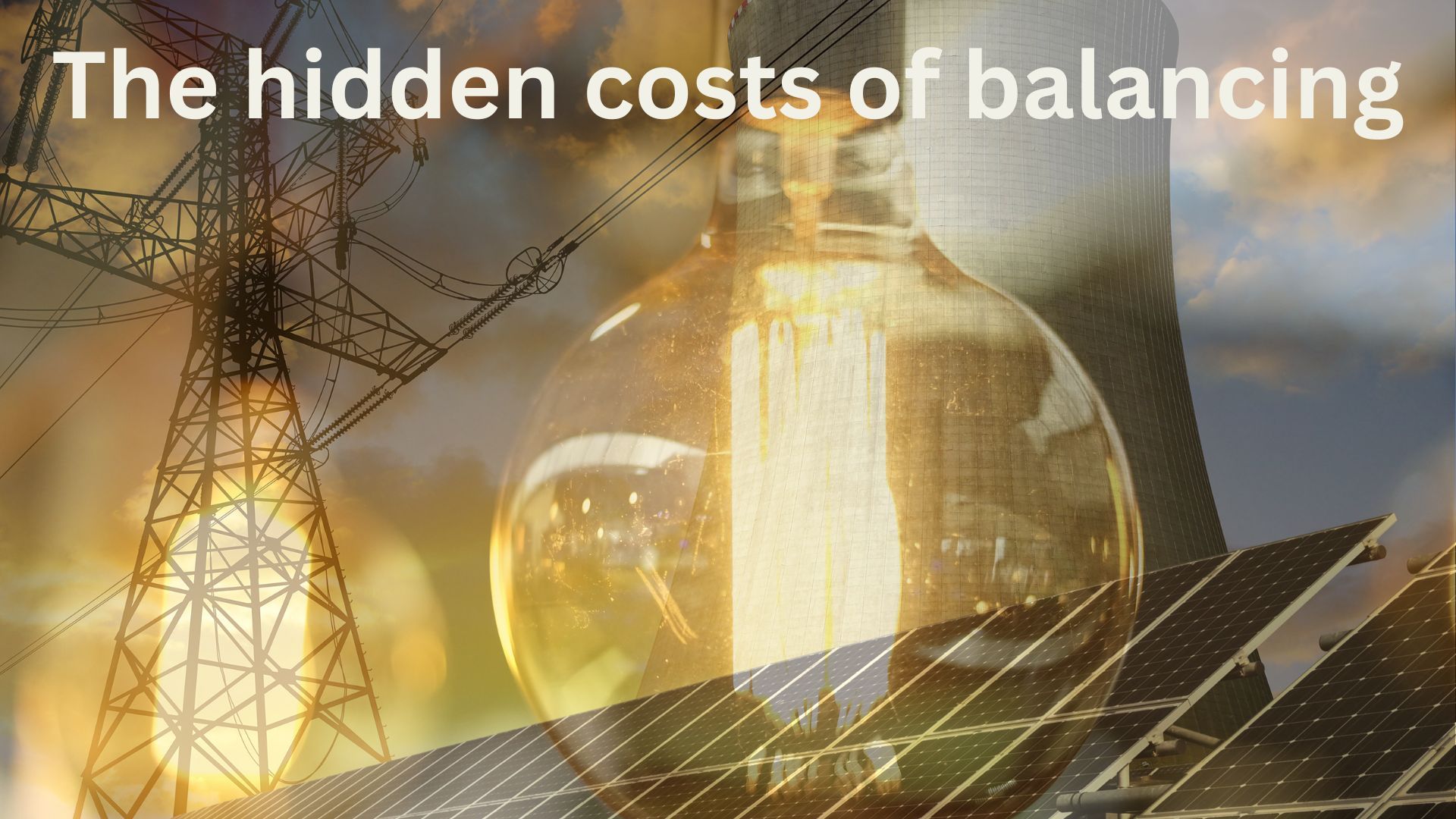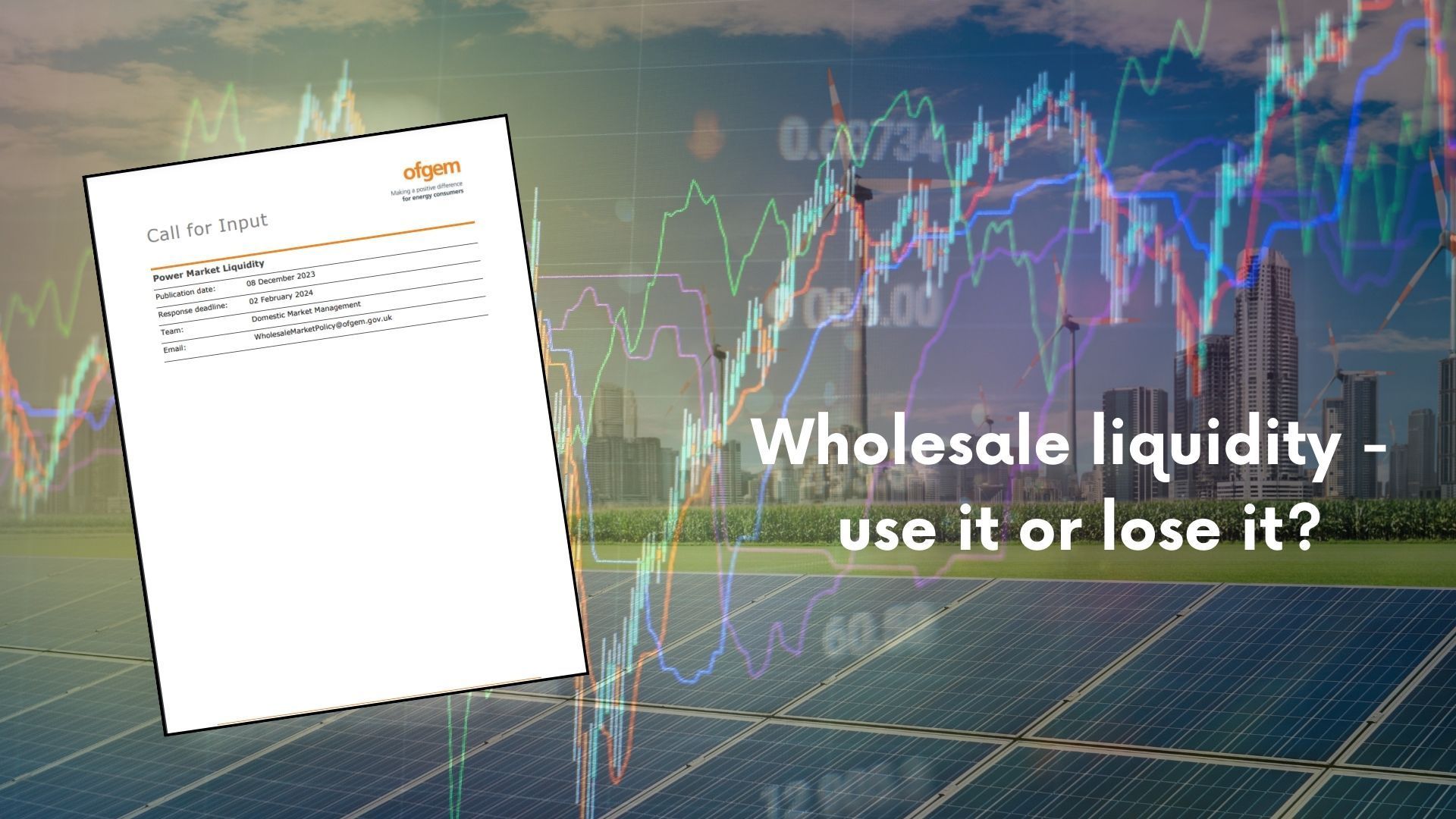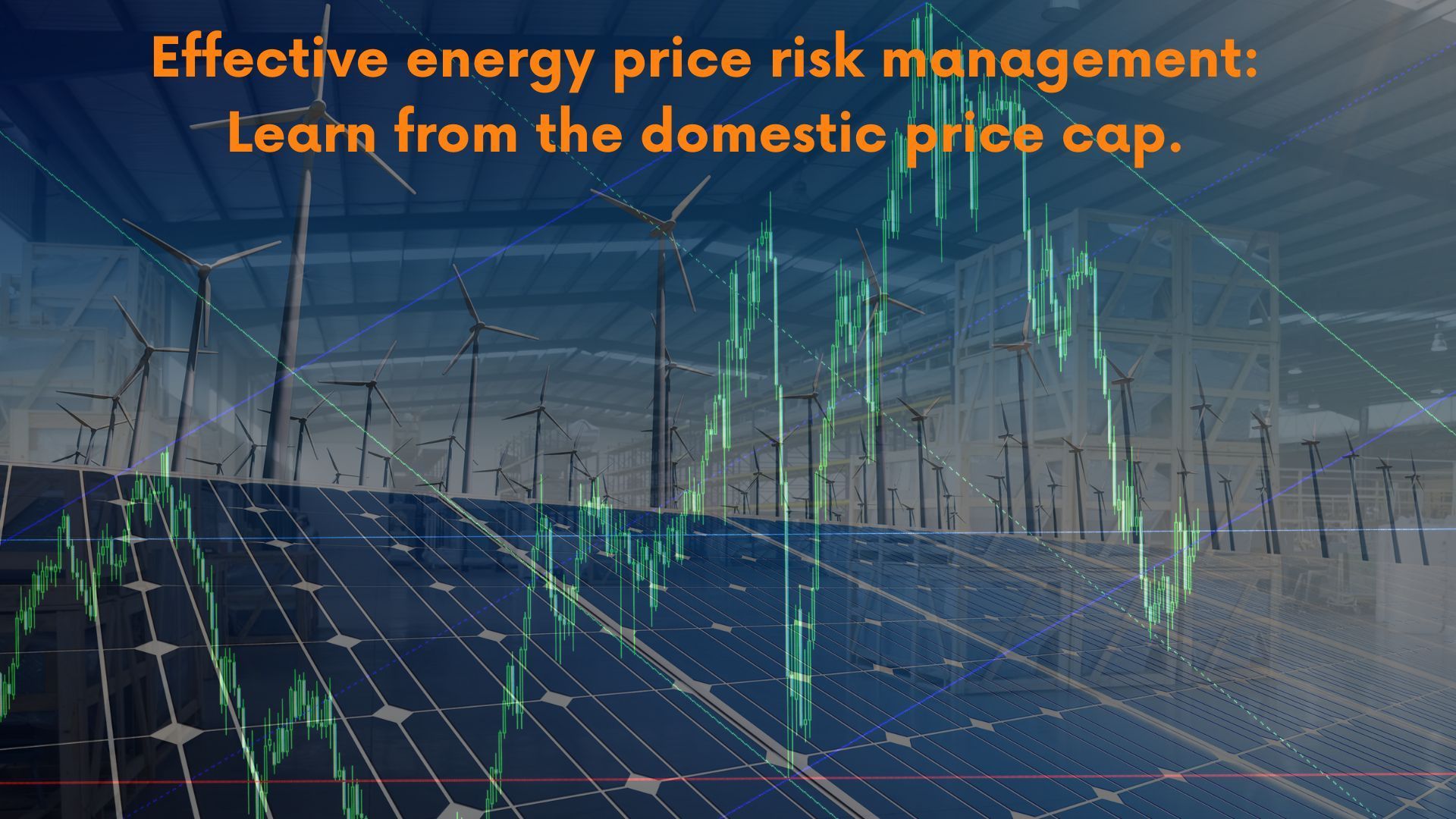The importance of using the right units to avoid mistakes
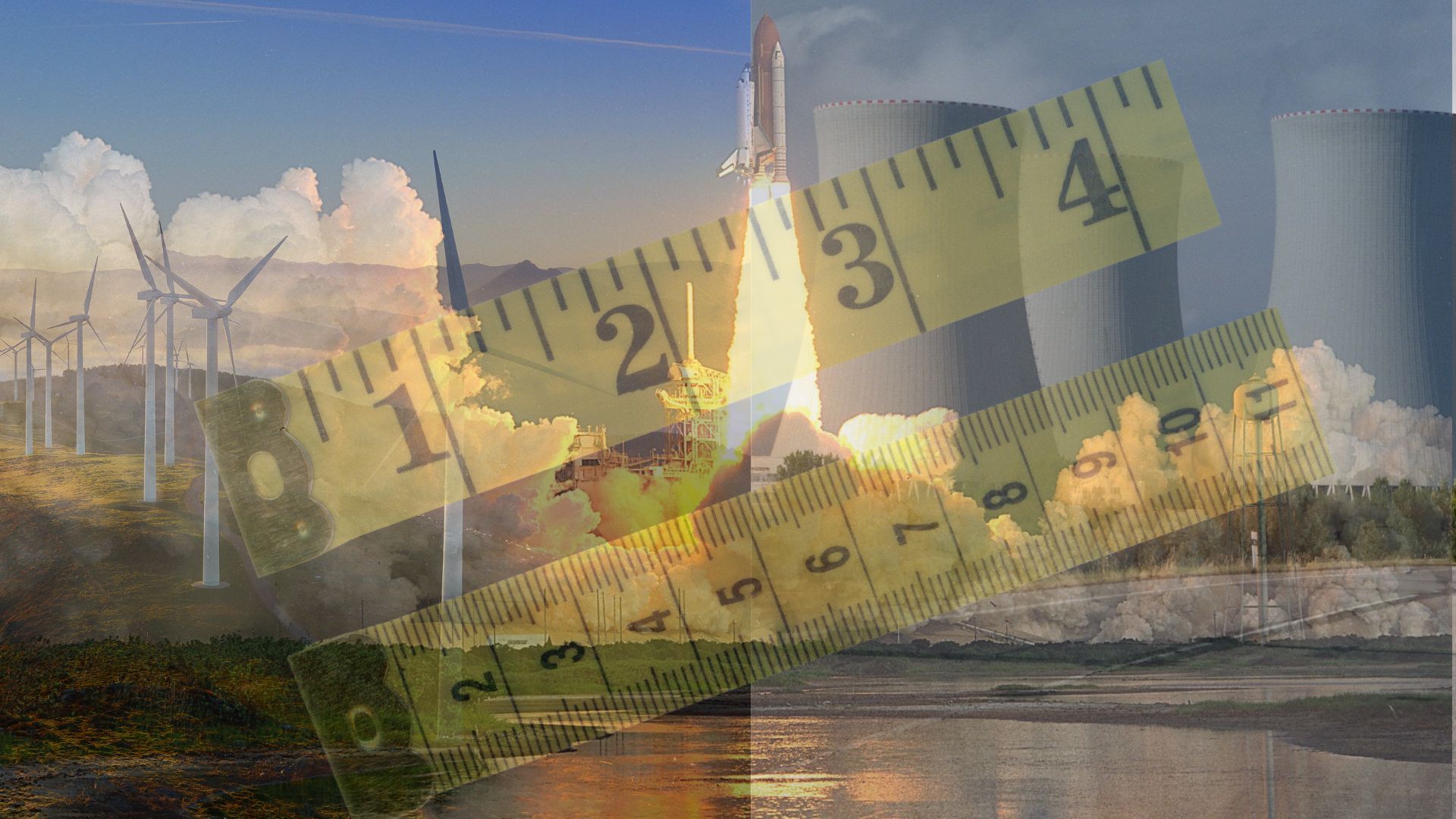
In 1999 NASA lost the Mars Climate Orbiter as one part of its team used metric measurements and one used imperial. A simple failure to recognise and use the correct terms costing billions of dollars.
Sometimes in electricity it feels like we may have a similar language problem.
In dealing with many energy professionals I am amazed at how often simple energy units are confused, either knowingly or otherwise. It creates huge misunderstanding and lack of clarity – and it matters.
Starting with the most basic units of energy Watts and Watt-hours, where so many people seem to speak of them in the same way.
In layman’s terms..
A watt is a measure of how quickly energy is used – measured in Joules per second if you’re really interested. A kW is 1000 Watts, a MW 1000 kW, a GW 1000 MW.
So far, so GCSE physcis.
A watt-hour is a measure of how much energy has been used – measured in Joules in the lab. Generally within electricity/ gas kWh are used a short hand measure. MWh and GWh are the same thousand times bigger as always.
MW are what you build, MWh are what you are paid for / pay for
Generation is built with a capacity (the maximum rate at which it can produce). Fuses do the same for consumption to limit the rate of flow.
Yet what you pay for is the energy used rather than the rate at which you use.
Using MW at a time when there isn’t much spare capacity is expensive, but the more MWh you use at the point the higher the cost.
Converting between MW and MWh is really simple…
1 MW used at a flat rate for 1 hour creates 1 MWh. Some people may say 1MWh/h but that’s a crazy measure.
Converting from MWh to MW - divide by the number of hours involved.
Converting from MW to MWh – multiply by the number of hours involved
Why does it matter?
Almost all markets trade MW, so understanding how much energy it equates to avoids potentially expensive errors.
1 MW of generation creates very different amounts of energy each year:
Solar c. 960 MWh
Wind c. 3500 MWh
Nuclear c.7500 MWh
Building 1 TW (Terra-watt) of solar gets you far less useful energy than 1 TW of nuclear, but so often people quote capacity installed in isolation, which is fairly unhelpful.
For consumption:
If your EV battery is 100kWh – how long does it take to charge from empty? A domestic 7 kW charger 14 hours, a high speed 350 kW charger – 17 minutes.
If we can talk in clear language and understand what we’re talking about – maybe we can avoid mistakes similar to NASA.
Share this on social media




